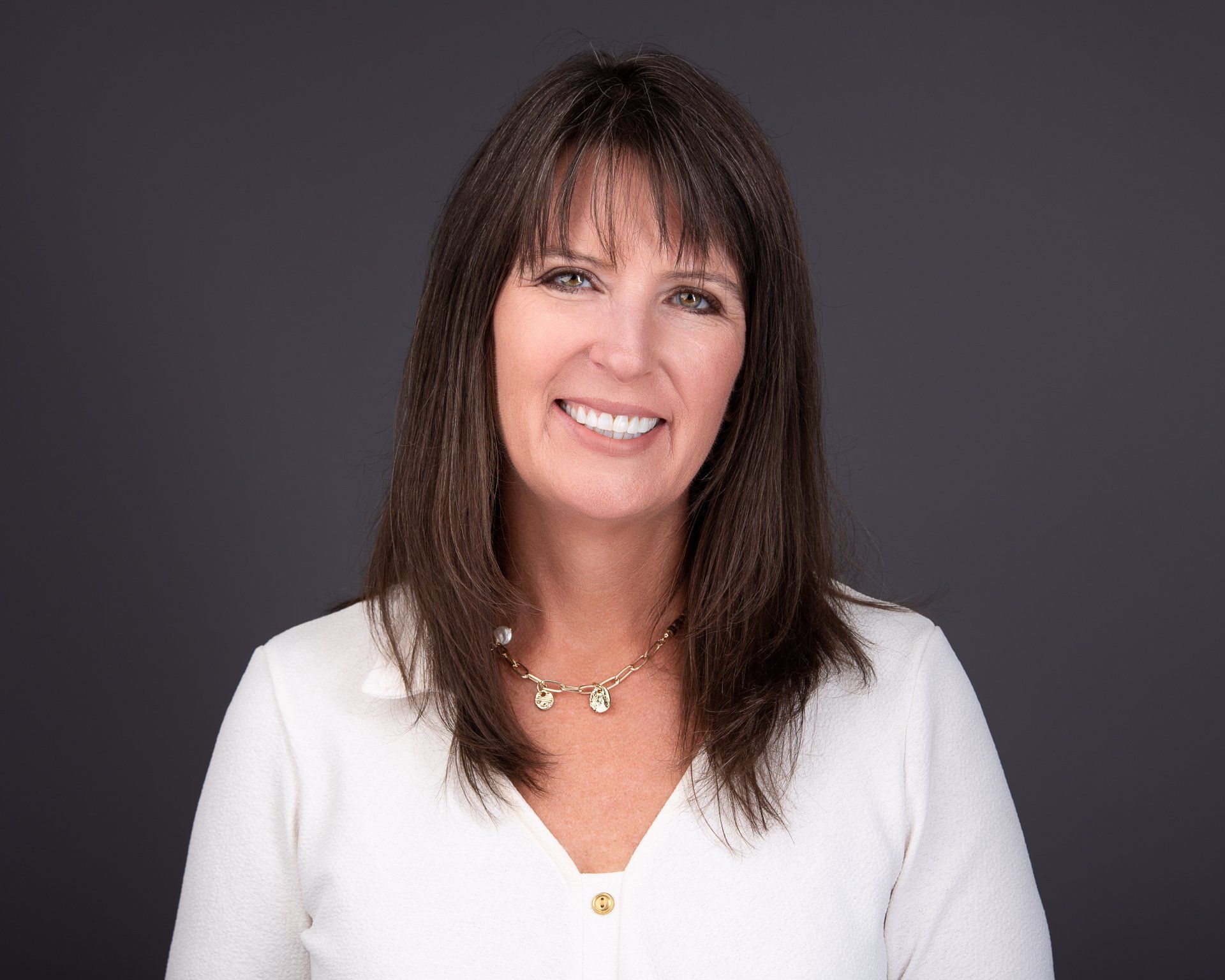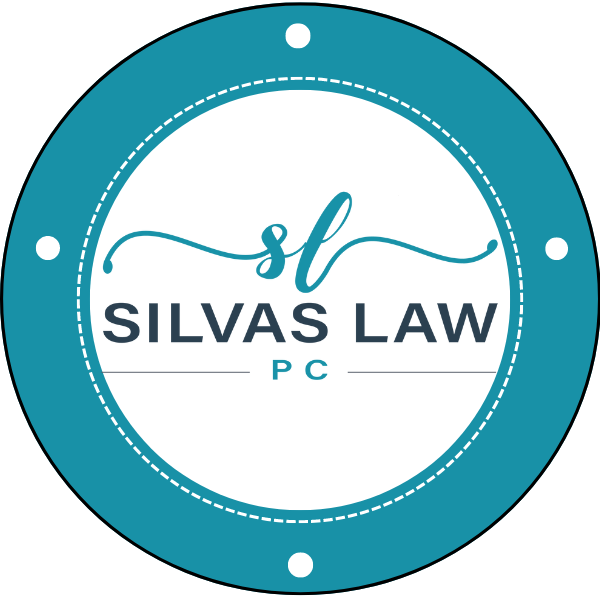Business Lessons from Bankruptcy: Famous Failures That Led to Billion-Dollar Comebacks
Business Lessons from Bankruptcy: Famous Failures That Led to Billion-Dollar Comebacks
When we hear "bankruptcy," most of us immediately think "failure." But for some of the world's most successful entrepreneurs, bankruptcy wasn't the end—it was a painful but valuable stepping stone on the path to even greater success. These stories offer powerful lessons about resilience, strategic thinking, and the importance of having proper legal, insurance, financial, and tax (“LIFT”) systems for your business.
Let's explore how some famous business comebacks happened and the crucial lessons you can apply to protect and strengthen your own business.
From Bankruptcy to Billions: Inspiring Comeback Stories
Before diving into practical lessons, it's worth examining a few remarkable business turnarounds that demonstrate how even catastrophic financial failure can lead to incredible success when handled correctly.
Henry Ford experienced failure not once but twice before creating the Ford Motor Company we know today. His first two automotive ventures—the Detroit Automobile Company and the Henry Ford Company—both collapsed. Ford had burned through investors' money and faced serious financial difficulty. But instead of giving up, Ford analyzed what went wrong and focused relentlessly on improving his manufacturing processes. After reorganizing and developing the revolutionary assembly line, the Ford Motor Company became one of the world's most successful businesses, completely transforming manufacturing along the way.
Walt Disney faced financial ruin early in his career when his first animation studio, Laugh-O-Gram Studios, went bankrupt in 1923. Disney had just $40 to his name when he arrived in Hollywood after this failure. But instead of abandoning his dreams, Disney learned critical lessons about business management and artistic control. He reinvented his approach and went on to build one of the world's most enduring entertainment empires—currently valued at over $198 billion.
Steve Jobs provides perhaps the most famous business comeback story. After being forced out of Apple in 1985, Jobs purchased a struggling computer graphics company that would become Pixar. Meanwhile, Apple floundered without him, nearly facing bankruptcy before bringing Jobs back in 1997. His return marked one of the most dramatic corporate turnarounds in history, as he simplified the company's product line, improved the fundamentals, and eventually led Apple to become the world's first trillion-dollar company.
These stories share a common thread: failure wasn't final. It was an opportunity to rebuild with stronger foundations.
The Legal Lessons: Structure and Protection Matter
Each of these comeback stories reveals important legal considerations that can help your business avoid similar pitfalls or navigate through tough times.
One crucial lesson involves business structure. Many entrepreneurs make the mistake of operating with insufficient legal separation between their personal and business assets. When Henry Ford's early businesses failed, he was able to start again because he hadn't tied all his personal assets to his business ventures. A proper legal structure—whether it's an LLC, S-Corporation, or another entity—can create vital protection.
When you're starting or running a business, the complexity and cost of creating your legal structure might seem like an unnecessary expense. Yet as Walt Disney's early bankruptcy shows, proper legal frameworks aren't just protection for worst-case scenarios—they're foundations that support growth and provide options during challenging times.
Another key legal lesson comes from Steve Jobs' experience. When he returned to Apple, one of his first actions was restructuring the company's intellectual property strategy. Your business's valuable ideas, processes, and creations need strong legal protection. This might include patents, trademarks, copyrights, or carefully drafted contractual agreements that protect your innovations and brand.
The Insurance Component: Protecting Against Inevitable Risks
Every business faces risks, and the comeback stories of successful entrepreneurs highlight the importance of comprehensive risk management through proper insurance.
In today's rapidly evolving business landscape, the relationship between risk and insurance is more important than ever. As with Disney's early failure, unexpected events can quickly derail a promising business. Comprehensive business insurance isn't just about meeting legal requirements—it's about creating a safety net that allows you to take calculated risks without risking everything.
Consider what types of insurance might have helped these entrepreneurs avoid their initial failures:
- Business interruption insurance could have provided critical cash flow during challenging transitions
- Professional liability insurance might have protected against certain business mistakes
- Key person insurance could have helped secure funding or transitions during critical moments
Proper insurance coverage doesn't just protect against catastrophic events—it creates the confidence to make bold business moves when necessary.
The Financial Framework: Cash Flow and Capital
Perhaps the most obvious lesson from these bankruptcy-to-billions stories concerns financial management. In almost every case, the initial failures stemmed at least partly from cash flow problems or inadequate capitalization.
Jobs' return to Apple demonstrates the importance of solid financial foundations. One of his first acts was drastically simplifying Apple's product line and cutting costs, creating positive cash flow that funded future innovations. This approach—focusing on financial fundamentals before expansion—is something many entrepreneurs overlook in their excitement to grow.
Another financial lesson comes from Ford's experience. After his early failures, Ford became extremely disciplined about financial planning. He maintained enough operating capital to weather downturns and invested heavily in efficiency improvements that reduced costs. This financial discipline created the stability that allowed for innovation.
For your business, this means:
- Maintaining adequate cash reserves;
- Creating detailed financial projections that account for best and worst-case scenarios;
- Establishing strong relationships with potential funding sources before you need them; and
- Regularly reviewing financial performance and making adjustments before problems become critical.
The Tax Strategy: Turning Obligations into Opportunities
The final piece of the LIFT framework—tax strategy—plays an important role in business comebacks. Walt Disney, for example, created innovative corporate structures that optimized tax situations while protecting creative assets.
Henry Ford likewise understood that tax strategy wasn't just about minimizing payments—it was about creating structures that facilitated business goals. Today's entrepreneurs have even more options for strategic tax planning that can preserve capital for growth and investment.
Effective tax planning involves:
- Understanding how different business structures affect tax obligations;
- Planning major business moves with tax implications in mind;
- Identifying legitimate deductions and credits that apply to your industry; and
- Working with tax professionals who understand both compliance and strategy.
Building Your Comeback-Ready Business
Most entrepreneurs don't want to experience the journey from bankruptcy to billions firsthand. A better approach is to learn from others' failures to build a resilient business from the start.
The LIFT framework—Legal, Insurance, Financial, and Tax systems—provides exactly the structure needed to create this resilience. By strengthening each of these areas, you create a business that can weather challenges and position itself for exceptional growth.
Whether you're just starting out or looking to strengthen an existing business, the lessons from these famous comebacks remain relevant: build strong foundations, protect what matters, manage finances wisely, and structure your affairs strategically.
The Advisor You Need When Decisions Matter
As your trusted LIFTed Business Advisor attorney, I understand how proper legal, insurance, financial, and tax foundations can protect your business from failure and position you for success. That's why I offer a comprehensive LIFT Business Breakthrough Session where we'll analyze your current business foundations and identify opportunities to strengthen your company's resilience. Together, we'll develop a strategic plan to protect what you've built and create pathways for growth—without having to learn painful lessons firsthand. With the right guidance, your business can develop the same strong foundations that allowed Ford, Disney, and Jobs to transform setbacks into billion-dollar successes.
Click here to schedule a complimentary 15-minute consultation to learn more and get started today:
BOOK NOW!
----------------------------------
Another resource...Silvas Law Educational Events
Attend our next educational event and learn what you need to know.
REGISTER TODAY for Wine, Wills, & Trusts!
Click Here
~
Silvas Law Educational Events
Silvas Law is a Personal Family Lawyer® firm, we know the value of planning for the future.
And we know the value of planning for the life you want today and the legacy that extends far beyond your assets.

This article is a service of Tammy Silvas, a Personal Family Lawyer® Firm. We don’t just draft documents; we ensure you make informed and empowered decisions about life and death, for yourself and the people you love. That's why we offer a Life & Legacy Planning Session™ , during which you will get more financially organized than you’ve ever been before and make all the best choices for the people you love. You can begin by calling our office today to schedule a Life & Legacy Planning Session™.
The content is sourced from Personal Family Lawyer® for use by Personal Family Lawyer® firms, a source believed to be providing accurate information. This material was created for educational and informational purposes only and is not intended as ERISA, tax, legal, or investment advice. If you are seeking legal advice specific to your needs, such advice services must be obtained on your own separate from this educational material.













